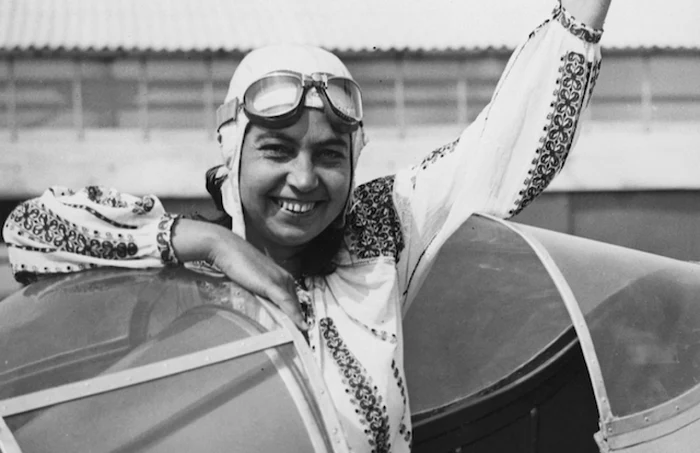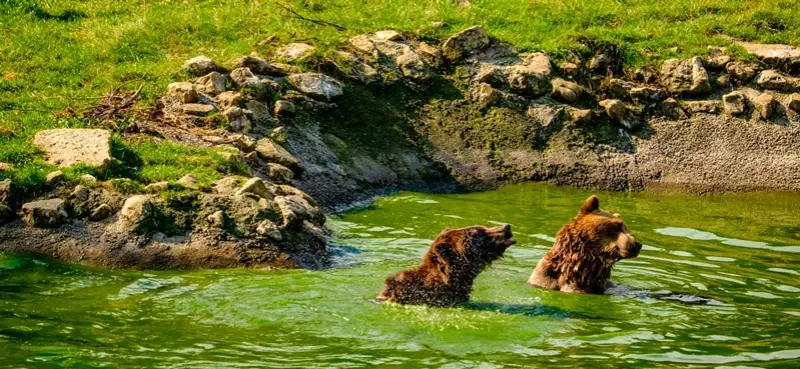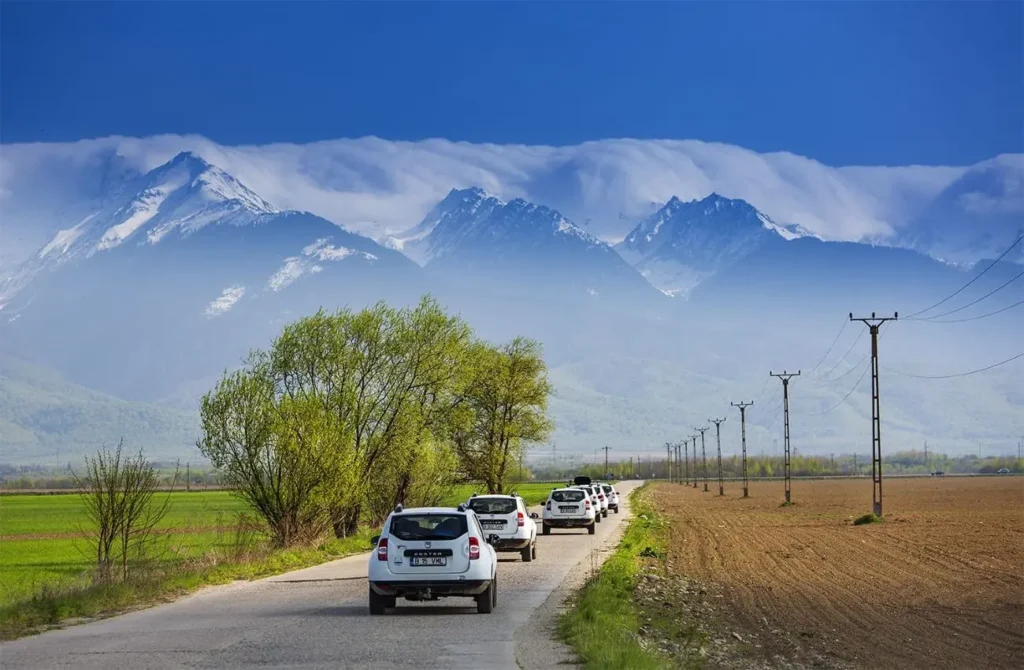Chapters
5 most famous Romania women of the present time
1.Nadia Comaneci – when perfection got a name!
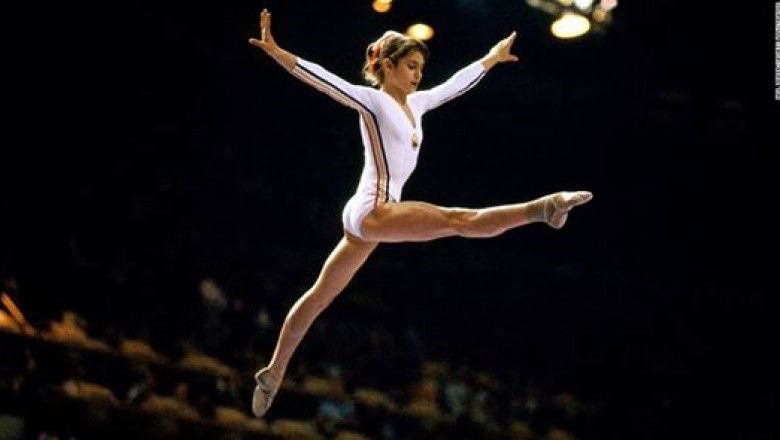
When talking about Romania and its famous people, Nadia Comaneci is among the first names in everyone’s mind. Who can forget the first “perfect 10” in the history of the Olympic Gymnastics? She was only 14 years old when she turned upside down in the world of sports in the 1976 Olympics in Montreal.
Ten had no particular meaning, no reference; it just meant zero mistakes. Although it was a score that any gymnast could obtain in theory, no one dreamt of it as zero mistakes seemed just not possible. But perfection came in the shape of a cute, apparently fragile girl from communist Romania who just did her best and played her chance to the fullest! The world was not ready to greet such a talent, not even the scoreboard, and when the jury had to present the result, the best they could do was to display a 1.0, which everyone thought at first was just an error. Nadia confessed later that she felt confused when she saw the result but remained calm, waiting for her 9 and something to be displayed. But the crowds already were loudly applauding, and one of her teammates said to her, “I think it’s a 10!” In the same competition, she got six more perfect 10’s and won three gold medals! She was unstoppable!!!
And so, a legend was born! Many say that in that day, the world of sports changed in “before Nadia” and “after Nadia”!
Courageous and ambitious, she was also very innovative, and on the beam, she was the first gymnast to perform an aerial walkover and an aerial cartwheel-back handspring flight series.
Since 1989, Nadia has lived in the USA. Sport is still a big part of her life, and she continues to inspire young gymnasts. She is also a successful businesswoman, a devoted wife, and a proud mother of a 15-year-old boy! She has it all, and she deserves it because she dared to beat the impossible!
2. Maia Morgenstern – forever on the stage!

Maia Morgenstern is one of the best-regarded Romanian actresses. She is probably best known for her magnificent interpretation of the Virgin Mary in Mel Gibson’s The Passion of the Christ (2004). She’s also one of the four actors confirmed for Mel Gibson’s «Ressurection of Christ» scheduled for this year, and her fans can’t wait to see her again on the big screen.
Born on May 1, 1962, in a Jewish family in Bucharest, she started her career on the wrong foot as she wasn’t admitted to the Faculty of Theater from the first. She entered the world of theatre by confronting her biggest fear of failure. But once she did it, she decided to take another shot the next year, and although she was burning hot at a 40 ° C temperature, she got in.
She often confessed that theatre was just something inside her, but she didn’t fully realize it until her father had opened her eyes. Her father was the one to observe the pure joy in his daughter’s eyes every time they will go to watch a play together. Maia was absorbing every word and breath; she would catch every move and later would be able to describe every minute of the play in detail. There was no doubt that her talent just needed to manifest as soon as possible and grow and conquer the world.
Although Maia considers herself more of a stage actress as she feels that she can fully express herself, she is equally brilliant on the screen. Her unique personality, charm and candour, magnetic presence, and undeniable talent, which shows best in dramatic roles, made this incredible lady a role model for thousands of women out there. Even if she is a public figure, we don’t see her as much on TV, but every time she accepts to be part of an ad, a social campaign, or even part of a music video, she just shines and adds so much value to it. She is a true artist and an amazing example of how things must be done in life: with passion, courage, and dedication.
3.Angela Gheorghiu – the voice that conquers hearts
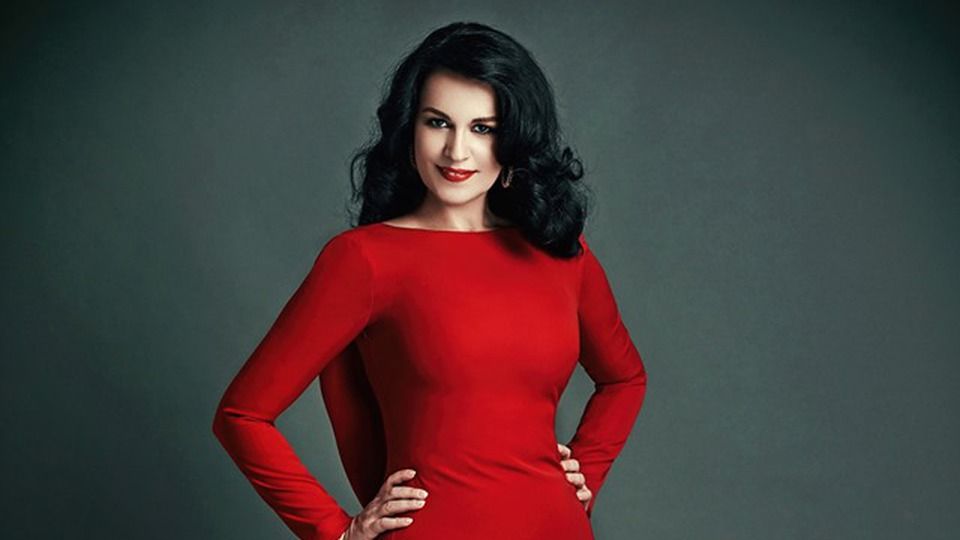
Angela Gheorghiu is considered to be a true musical phenomenon, a rare star of opera singing. Not only is her voice incredible, but she is all in one: an exceptional actress as if she was born on the stage, having an amazing vocal technique, a magnetic personality, and vibrant natural beauty. She was praised by all music critics who couldn’t find any flaw regarding her singing or acting, and, most of all, the audience simply loved her. Born in 1965 in the small town of Adjud, Romania, she knew from an early age that music was to be her destiny. And so it was and still is! Her international debut started at London’s Royal Opera House in 1992 when she sang Mimi in the opera La Boheme. That was just the beginning of conquering all the world’s big stages. She performed in Vienna, Monte Carlo, New York, Moscow, London, and Paris, and the list just keeps going. Nothing is too hard for her! La Traviata, Tosca, Faust or Romeo and Juliette are her second language.
In 1999 she took part with great success in a concert “Michael Jackson and friends” in Munich. She also sang at the historic performance Prom at the Palace on June 1, 2002, which marked the Golden Jubilee of Queen Elizabeth II. She was the guest of honour in 2011 at the grand reopening of the Bolshoi Theatre in Moscow. In 2017, she was an important part of the Luciano Pavarotti 10th anniversary concert at Arena di Verona, performing with Plácido Domingo, José Carreras, Il Volo, and Massimo Ranieri. She continues to be an inspiration through her passion and undeniable talent, and we cannot wait to see her again on the stage where she belongs!
4. Uca Marinescu – exploring the unexplored
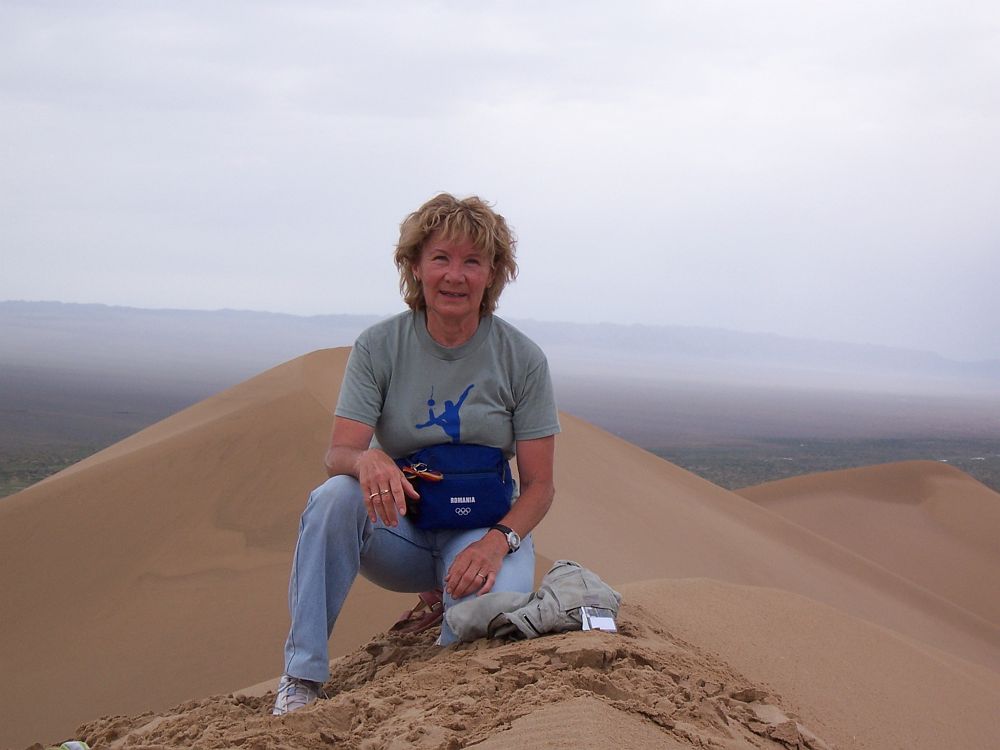
Uca Marinescu is one of the most courageous explorers and travellers of this world, an incredible woman who proved that age is just a number and that there is nothing that can’t be done with a little faith. She succeeded at the age of 61 to become the first woman in the world to reach both geographical poles of Earth in a single year. So far, she is the only woman in the world that reached all four poles of Earth, including the South and North Magnetic Poles. She is the first Romanian to step on the cold lands of Antarctica and the first Romanian to climb the glaciers of the Altai Mountains.
Born in 1940, in the Harghita region of Romania, which, coincidence or not, is also named “the north pole of Romania” due to extreme cold during winter, Uca started exploring the world at an early age. Since she was four years old, her parents would take her on short hikes in the nearby mountains, the Carpathians, where she loved observing wild animals.
As she grew up, she became a sports teacher, travelling during holidays and trying her best to reach the world’s farthest corners. But Romania was a communist country back then, so her options were limited. This is why her most spectacular adventures started only after 1990, when she was already in her 50s. But age was not an impediment, and although Uca has had her share of climbing performances, she has always been more drawn to human nature. In every expedition she was, whatever peak she chose to climb, she always made time to meet and understand the local communities. And more than that, she explored parts of the world by herself, with no other teammate. In 1990, she crossed China from east to west, reaching Tibet. Six years later, she will do it again, this time crossing Canada from east to west, reaching Yukon at the shores of the Arctic Ocean in search of the last Eskimo settlements. She has seen all the oceans and explored all the continents; she is a never-ending story and an amazing woman, a true citizen of the world.
5.Simona Halep – a dream come true! Becoming WTA World no.1!
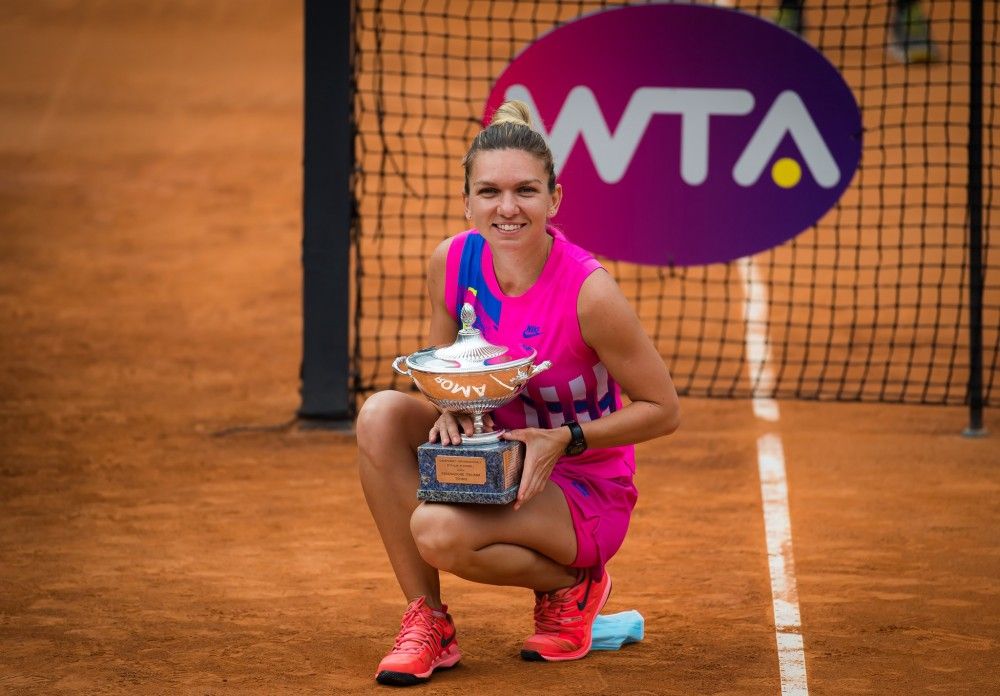
Simona Halep is undoubtedly one of the most appreciated models of the young generation! There is no Romanian who doesn’t know that our girl became in 2017 and 2019 number one in the WTA ranking of the best women’s tennis players globally. She is the first Romanian player to achieve this performance, and her success made the whole country happy. As a reward for her hard work, she was offered Romania’s Order of the Star, which is the country’s highest honour. She was also selected to be the national flagbearer at the next summer’s Olympic Games in Tokyo.
Born in 1991 in Constanta, next to the Black Sea shore, she began playing tennis at the age of 4. At first, she was trained by her father and her older brother, and by the age of six, she was already practicing every day like a true pro. She moved to Bucharest when she was 16 years old as the capital provided her with a better environment to develop her skills fully. Soon after, she started winning more and more medals at various competitions, maturing her gaming style. As a tennis player, she is described as sharp and fast, unpredictable, having a strong native understanding of the game and a very powerful mindset. As a person, Simona is very kind and gentle, with a good sense of humour, and is very passionate when it comes to sports. This is why she started a foundation to help children get closer to the sports world, and she is also very present on social media. Her good energy and optimism are contagious, and we cannot wait to see her winning again at Wimbledon.
5 famous Romanian women of the past
6. Ana Aslan – how to be forever young
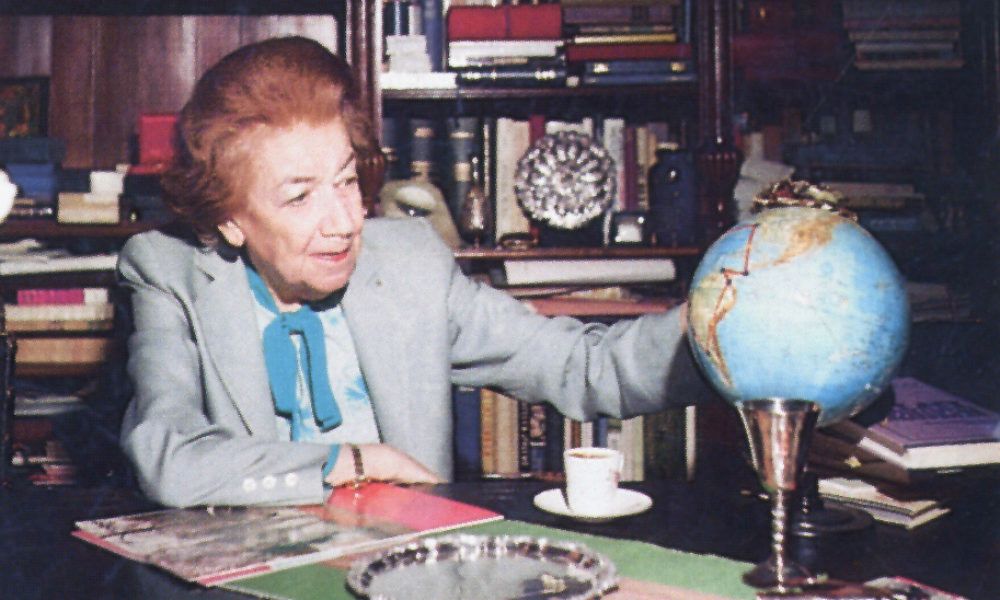
Ana Aslan was born in Braila on January 1, 1897. At the age of 13, she lost her father and moved with her mother to Bucharest. As a teenager, she dreamed of becoming a pilot and even flew with a small plane, but then, suddenly, she decided she wanted to become a doctor. Her mother strongly disapproved, saying that this career is not suitable for women, so Ana decided to go on a hunger strike to convince her otherwise, and it worked!
Between 1915 and 1922, she followed the classes of the Medicine Faculty of Bucharest. When the 1st World War started, Ana took care of the soldiers from the military hospitals, and after the war, she returned to Bucharest to finish her Ph.D. thesis. She later worked in many hospitals where she gained experience in different domains, and in 1949, she was named head chef of the Physiology Department within the Institute of Endocrinology.
She started to experiment with the effect of procaine on rheumatic patients, and her first results were very promising. Procaine, also known as Novocain, was first synthesized in 1905 by the German chemist Alfred Einhorn, and it was mainly used as a local anaesthetic. However, Ana had the brilliant idea to experiment with the effect of procaine among elders, and her research showed the importance of the protein in improving dystrophic disorders.
She succeeded in extracting a substance from procaine that she named H3 vitamin, also known as Gerovital, a pharmaceutical product for treating the ageing process and some diseases affecting elders. The same year, she founded the world’s first Institute of Geriatrics, and her goal was to find the proper ways and steps to overcome the downsides of ageing. Apparently, in the last 70 years since H3 was approved, it has been successfully utilized by over 50 million people worldwide, and the results show that the ageing process has been slowed down by 40%.
She might not have discovered the fountain of youth, but she surely did discover something that helps people to grow old with grace and less pain. Her incredible discovery soon got the attention of the entire world and, although Romania was a communist country with very strict rules regarding the access of foreigners, Ana Aslan had as patients some of the most famous people in the world like Charles de Gaulle, Salvador Dali, Sir Winston Churchill, Charlie Chaplin, Marlene Dietrich, Greta Garbo, and John F. Kennedy.
In 1980, she invented a new product called Aslavital, which is used for prophylactic treatments of cerebral and cardiovascular aging processes, physical and mental asthenia, and memory losses. She also developed the Anti-Aging Cosmetics Lines, which are still produced today by the Romanian company Farmec, known under the name Gerovital Cosmetics.
She died in 1988, at the age of 91, leaving behind an incredible legacy. Her lesson was that ageing, although natural, is an art, and if mastered properly, people can enjoy life to the fullest for a long, long time.
7. Sofia Ionescu-Ogrezeanu – the first female neurosurgeon in the world
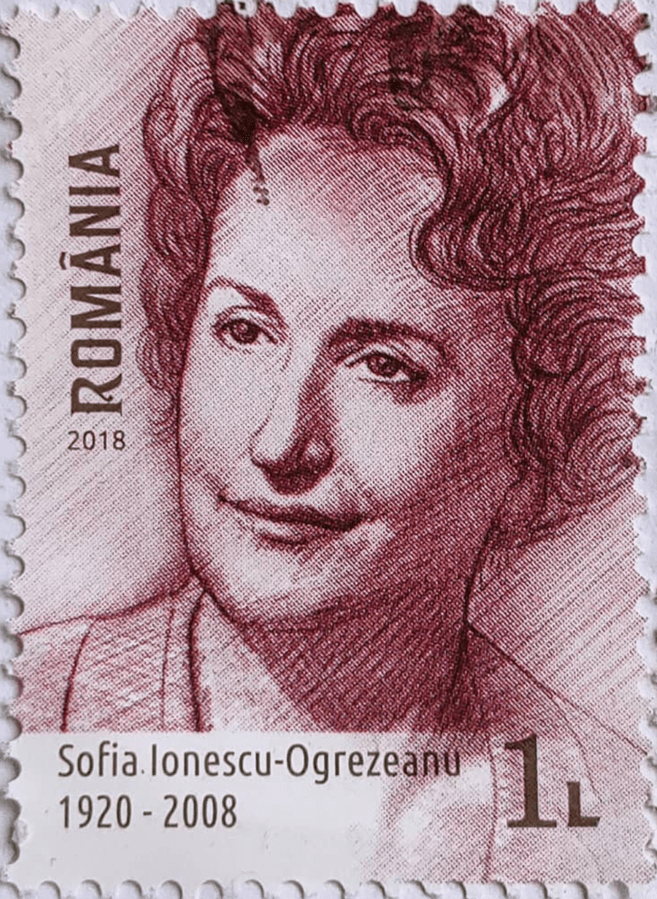
Sofia Ionescu-Ogrezeanu became the first female neurosurgeon in the world after performing an emergency brain surgery in 1944 on a child with severe injuries caused by a bomb. She was just a student back then, but her quick decision to perform the difficult intervention saved that child’s life. “This surgery – Sofia Ionescu will later testify – decided my life for the next 47 years and changed it 180 degrees compared to what I had proposed, a quiet life as a general doctor in my hometown, Fălticeni.”
Born on April 25, 1920 (died in 2008), she decided to become a doctor after she found out about the death of one of her best school friends who died in Paris of infection after brain surgery. She attended medical school in Bucharest and opted first for ophthalmology, but the beginning of the Second World War changed her life forever. She was sent to Suceava town to take care of the patients suffering from typhus, an epidemic that marked the war and made many victims, especially among children. Later, she volunteered to take care of the Soviet prisoners from her hometown hospital, so that was the moment when she entered the surgical service doing her first surgical operations, mostly amputations.
In 1943, she returned to Bucharest, but one year later, Bucharest was bombed. Hundreds of injured people were brought to hospitals, but the medical staff was never enough. That’s the moment when she received a badly injured child and took full responsibility to operate him. She saved his life, and her career as a neurosurgeon started this way.
Over the years, she made herself known through her incredible surgical skills and her enormous work power. She was incredibly modest as a person but very brave and precise as a doctor.
8. Elena Ghica – the alpinist princess
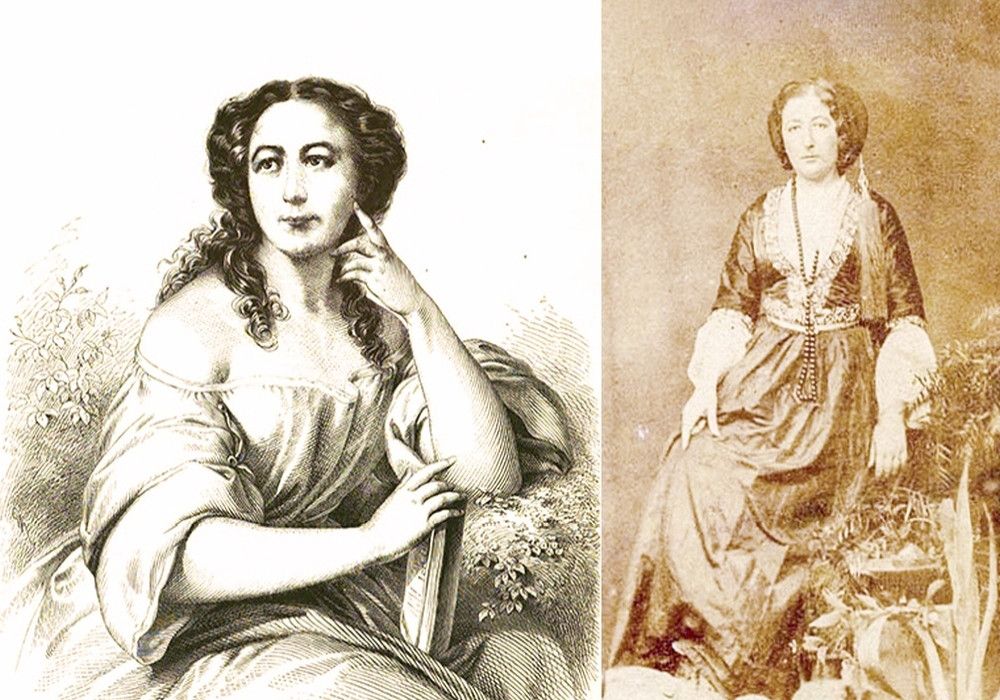
Elena Ghica was born in Bucharest on February 3, 1828, being the first child of Mihalache Ghica, the niece of Prince Grigore IV Ghica. She was described as among the most beautiful women of the time, having an exceptional mind and knowledge. She was said to have been a miracle child as, at only five years old, in addition to Romanian, she was already fluent in Greek, Latin, French, Italian, English, and German. At the age of 11, she wrote her first short story, and three years later, she translated Homer’s “Iliad” into German. She later learned Russian and Albanian. When she was 14, her family moved abroad, so she studied in Vienna, Venice, and Berlin.
She returned to the country, in the city of Iasi, together with her family at the age of 21, in a short visit. She enchanted the Russian officer Alexander Koltsov Masalsky with her beauty, who saw her at a ball. Elena Ghica married him in 1849 in Iasi and left the country with her Russian husband to settle in St. Petersburg. Elena’s beauty is said to have amazed the Russians. The Romanian princess, who painted extraordinarily, won a prize in Russia at the landscape contest organized by the Hermitage Museum. Her reputation and influence grew rapidly. Unfortunately, however, everyone did not appreciate her wit and erudition. Her nonconformism and liberal ideas, plus her many interventions in political life, attracted her enemies. It is said that in St. Petersburg, the Romanian princess was told, “Politics, if possible, should not interest you.”
She preferred to leave Russia but officially remained Princess Koltsov-Masalsky. After the separation from her husband and from Russia, she focused more on her writing, where she excelled. She chose the pseudonym Dora D’Istria because she feared that the tributes of the admirers would be due more to her condition as a princess rather than to the talent and work she had created. Many assumptions have been made about the name chosen by the princess for her literary career. She chose “Istria” because she wanted to emphasize her Balkan affiliation, as her family had Albanian origins. It was also said that “Dora” would come from the Romanian word “dor,” which means “longing,” and maybe this was how the princess, who lived far from her country, wanted to express her constant feelings of longing for her homeland and the Romanian people.
Beyond the artistic activity, Dora D’Istria had an adventurous life, being an active, brave woman attracted by novelty and knowledge. In April, she left for Switzerland and climbed the Moench peak (4105m). She marked her performance by putting the Romanian flag on the top, thus becoming the first Romanian climber and one of the first women climbers in the world. She also visited Italy and climbed Mount Vesuvius. In addition to mountaineering, she practiced shooting and horseback riding. She campaigned, in writing, for women’s rights. The writing was the field that consecrated the Romanian princess abroad. She approached vast fields, writing books about folklore, the situation of women in the Orient, history, art, and geography. She was a strong fighter for women’s rights.
Because she campaigned in other lands, the princess’s feminist activity is less known in Romania. However, she was the first woman in the country to fight for the emancipation of women. Her best-known work appeared in 1869 and was called “About women by a woman.” Throughout her career as a writer, she has published in six languages: French, Italian, Greek, Russian, German, and English. Written far from the country, her works have not been translated into Romanian.
Although she did not live her life in the country and did not create on Romanian lands, the princess was a true ambassador of Romania, her native country, which she adored! She lived most of her life in Florence, Italy, where she also died on November 17, 1888, in her house called Villa D’Istria. By will, the City Hall of Florence was asked to sell Villa D’Istria and the money to be used to benefit the Deaf Institute. The rest of her fortune was left to the Bucharest City Hall with the mention of being used for the administration of the Pantelimon Hospital, a unit that her family founded.
9. Smaranda Brăescu – the Queen of Heights
No one knows exactly when Smaranda was born, but it is supposed to be somewhere between 1897 and 1905, in May.
What is certain is that at the end of the 1920s, Smaranda was around 25-30 years old, dreaming with all of her heart to become an aviator, which was inconceivable in Romania at those times. For months, Smaranda tried to find a way to get her pilot license, but in vain. It was replied that “the country has no planes to crash!” But she did not give up and found an indirect way to approach aviation: skydiving. She borrowed money from an acquaintance and went to Berlin to the famous parachute factory Schröder. There, she bought her beloved parachute, number 7198, made of white silk, and jumped for the first time. It was July 5, 1928, and with this jump, Romania became the fourth European country to have a paratrooper after France, Czechoslovakia, and Switzerland.
After this success, Smaranda, although criticized by many, began to be invited to several competitions and flight shows. On August 30, 1930, Smaranda was in Satu Mare for a new air show. Although she had the feeling that something bad was going to happen, she agreed to do her number. Unfortunately, the currents were so strong that the landing was very brutal. Everyone thought she died, but Smaranda survived, having several broken bones and being hospitalized for six months. Everyone thought she would give up after the accident, but as soon as she left the hospital, she made the big announcement: she decided to perform performance parachuting!
The lack of funds and equipment did not discourage her, and finally, in the fall of 1931, Smaranda jumped over the Baragan plain from 6200 meters, breaking both the national and the women’s world record, which was 4,800 meters.
It was her first performance, but also the first international record was broken by a Romanian. The next day, King Carol II awarded her the Order of the “Aeronautical Virtue”, the Golden Cross class. The gesture made by the Royal House was important: her merits were recognized, which gave her more courage. Many were probably surprised when the young woman announced that she intended to break the absolute record in the parachute jump held by an American.
Her idea captured the interest of public opinion. The newspaper “Universul” announced that it supports it, launching a subscription list. With the money raised and a thousand dollars from the National Bank of Romania, Smaranda left the country on December 14, 1931, and headed for the United States. The first five jump attempts failed: either the desired altitude was not reached, or there was not enough gasoline in the plane or enough oxygen in the mask, nor was she above a safe landing area. Smaranda was sure that the Americans were discreetly sabotaging her. On the sixth attempt, she was determined, with or without a parachute, she will jump.
And so she did, on May 19, 1932, above the Sacramento Plain, Smaranda made the leap of her life from 7400m, breaking the American record of 7233m. This performance helped her get her pilot’s license in the USA, becoming the third aviator in Romania. In the fall of 1935, she became the owner of a single-engine Miles Hawk Major aircraft, made in England, which she named “Aurel Vlaicu.” In the spring of 1936, she succeeded in the most important achievement as an aviator: crossing the Mediterranean Sea without a stop, in a straight line, a total of 1,100 km from Rome to Tripoli, in 6 hours and 10 minutes. Nobody agreed with this route, especially since the plane had only one engine. But Smaranda beat the impossibile. Only this flight could be the basis of a book or a movie because it was full of adventures.
A less brilliant period followed for Smaranda, and the lack of money made her give up the two big projects she wanted: to regain the record lost in the parachute jump, jump from 12,000 meters, and cross the Atlantic at the helm of an airplane.
At the entrance of Romania in the Second World War, she was one of the instructors of the first parachute company of the Romanian army and transported the wounded from the front to the field hospitals. Following the bombings in Bucharest in 1944, Smaranda lost her much-loved parachute, though many say it was stolen from her.
The end of her life is little known. After World War II, the Communists came to power. Smaranda was accused of being part of a group of soldiers who wanted to fight the government and was sentenced to 2 years in prison, but she was never found. It is supposed that she hid for many years in various friends’ houses or at a Catholic monastery in Cluj Napoca. Other documents say that she fled to France or the USA; others say that she died of cancer at the age of 50 and was buried under a common name – Maria Popescu, in a cemetery in Cluj. However, no information has been fully confirmed. What is certain is that Smaranda belonged to the heavens, she was fearless, and she succeeded the impossible when everyone opposed her.
10. Monica Lovinescu – defying the communists
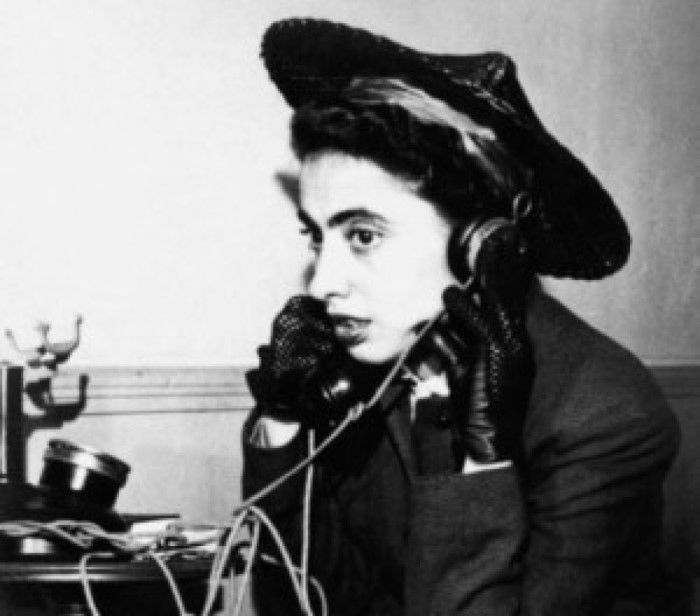
Monica Lovinescu was born in 1923 and was the daughter of the great literary critic Eugen Lovinscu and Ecaterina Bălăcioiu. Since she was a child, she has been attracted to the world of books, which proves her talent as a writer at a very young age. But she devoted most of her life and work to the struggle against communist totalitarianism.
In September 1947, she left for Paris at the age of 24 as the French state offered her a scholarship. But in the first days of 1948, she applied for political asylum. Romania’s political situation had changed dramatically after World War II, and France seemed to offer her security. At first, she thought that she would stay in Paris just for a couple of years, just to finish her studies, but later, seeing how bad things were getting in Romania, she hoped to bring her mother there. But things took another turn. Since 1955, Ecaterina, her mother, started to be followed step by step by the Securitate (the secret police agency of the Socialist Republic of Romania). Three years later, she was arrested and sentenced to 18 years in prison for “hostile discussions against the political regime in the RPR (Romanian People’s Republic).” At the time of her arrest, she was 71 years old. The refusal to call Monica back in the country and the refusal to cooperate with the Securitate led to the non-administration of the medicines that were vital to her, and she died at the Văcăreşti hospital penitentiary, probably on June 7, 1960. She was thrown into a common, anonymous grave in the prison cemetery. This will deeply mark Monica, who will try from far to help her country.
Starting 1962, she begins to collaborate with Radio Free Europe, where she had two weekly broadcasts. Her messages had a strong influence in Romania, both in the cultural circles and among the general public. Although the communist regime banned the radio station, people would still listen to it secretly as it was their only connection with the world outside the borders.
It was just a matter of time until Monica faced the repercussions of opposing the communists. In 1977, she was physically assaulted in the yard of her house in Paris by two Palestinian agents sent by the Securitate on the orders of Nicolae Ceausescu. She was transported to the hospital in a coma but miraculously recovered five days later. She didn’t let herself be discouraged; on the contrary, she continued, with the same passion, to be the voice of freedom and justice for all the Romanians suffering in those hard times.
She passed away in Paris on April 20, 2008, at the age of 85. All of her life, she campaigned for the welfare of her country and left behind a work of great value. She was a true patriot and an example of great courage and integrity.

